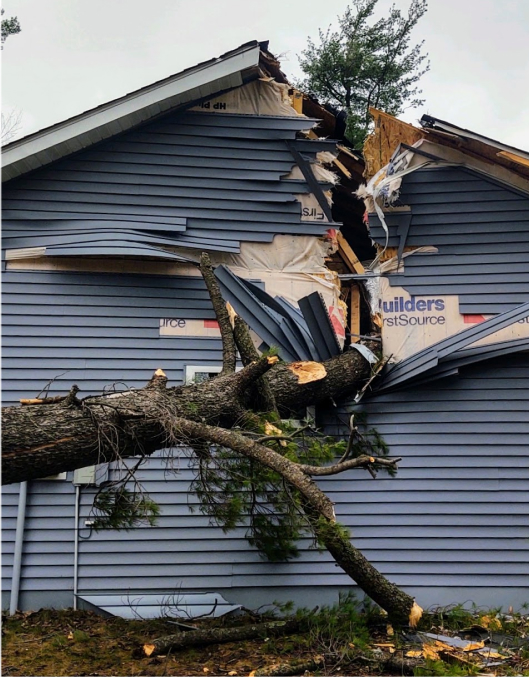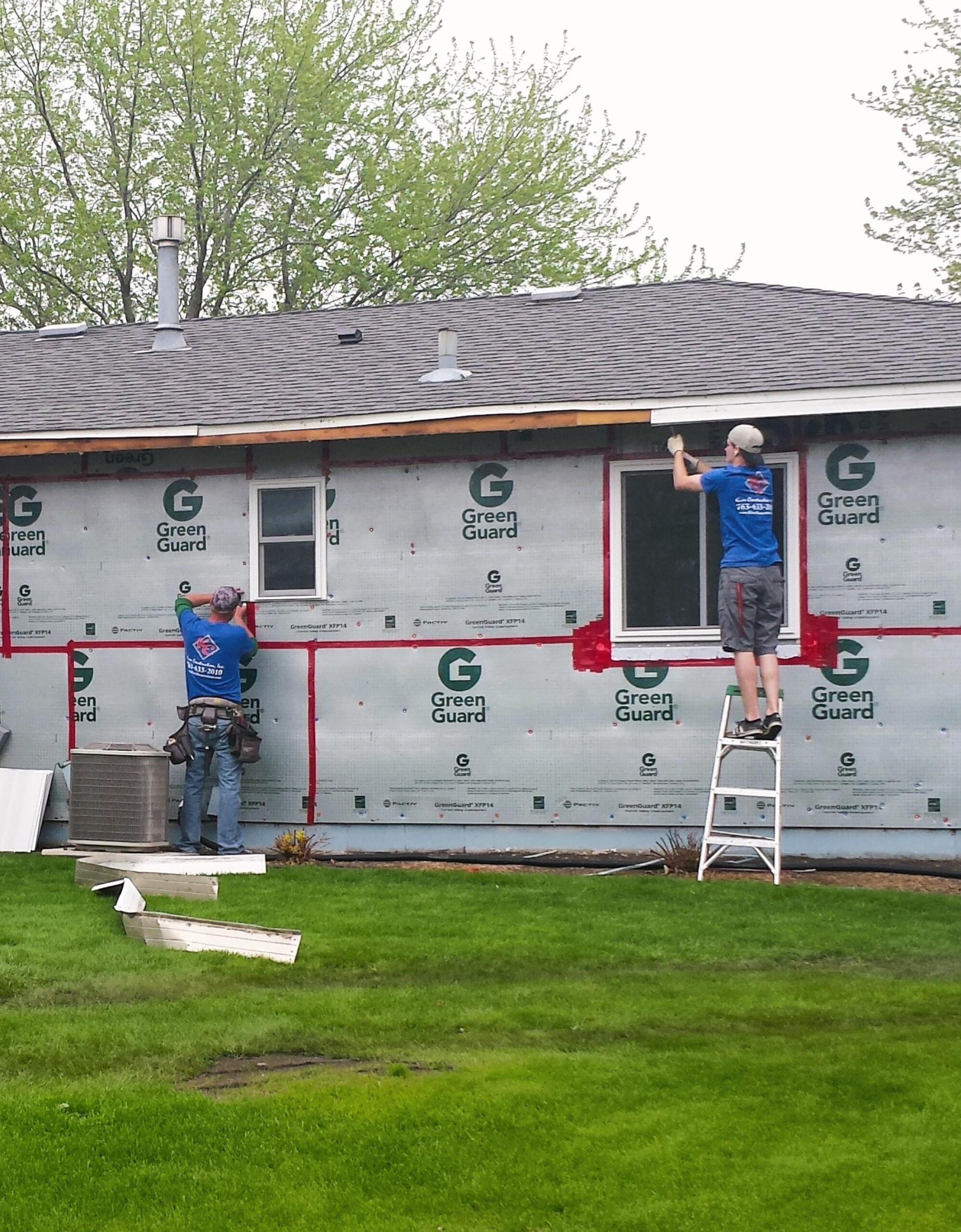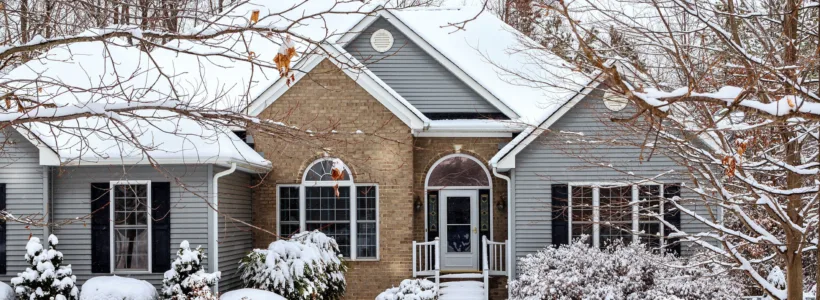
We Tested Out Different Roof Rakes So You Don’t Have To
Here’s What We Found
It’s been an odd winter here in Minnesota without a single major snowstorm. Back in October, we purchased three new roof rakes, all different styles, and we’ve been waiting all winter to try them out. Come mid-February, we got our first decent snowstorm of the season and finally got the chance to test these new roof rakes. Keep reading to see our pros and cons for each!
Don’t have enough time to read through all the details? Scroll to the bottom of the page to watch a short a demonstration video we put together for you.
#1: Standard Roof Rake
The first roof rake we tried out was a standard aluminum roof rake. We’ve used these roof rakes countless times on our ice dam removal calls, so we knew what we were getting with this one. It may not have all the bells and whistles that other styles have, but it gets the job done and can last you 20 years or more if you take care of it. Plus, this style of roof rake will be your most affordable option. The only downfall of a standard rake is that you have to work a little harder to remove snow, especially if you’ve got a heavy load of snow on your roof.
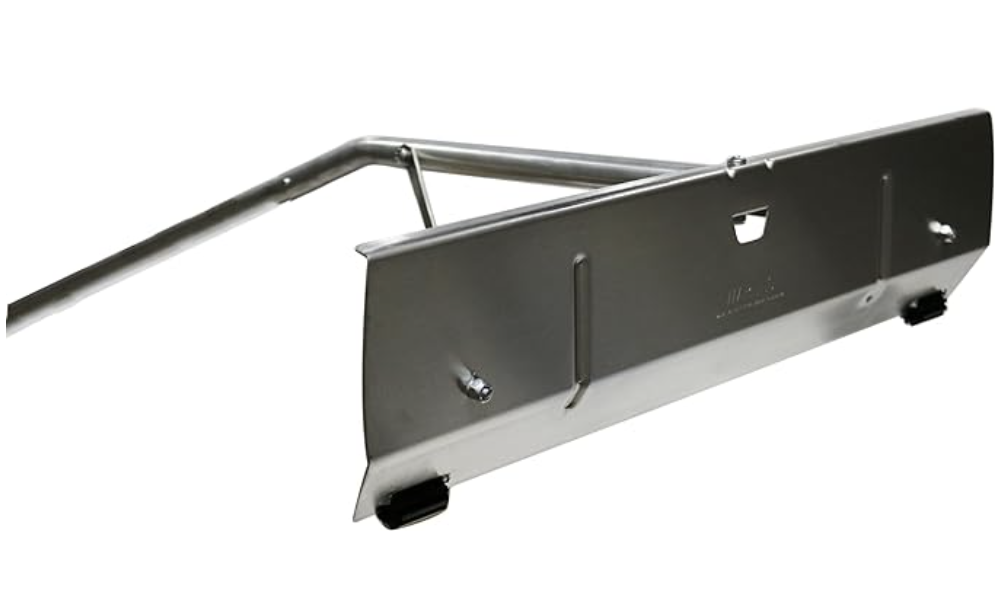
Price: $65
Pros:
- Affordable
- Will stand the test of time
Cons:
- Inefficient for removing heavy snow
#2: GoPlus Roof Rake with Oxford Slide
This roof rake comes with what’s called an Oxford Slide, which is essentially a tarp that the snow slides down when clearing off your roof. It can also be used in the warmer months for clearing wet leaves and debris from your roof. The roller wheels glide over your roof and protect the shingles. It’s also lightweight and easy to assemble.
This rake comes at a higher price point, but is it worth the extra money? Maybe. It does work more efficiently than a standard roof rake, saving you some time and exertion. However, our crew believes features like the roller wheels and Oxford Slide could be prone to damage and not able to withstand the test of time. Additionally, based on reviews we found on Amazon, it may not be effective for snow deeper than 12 inches.
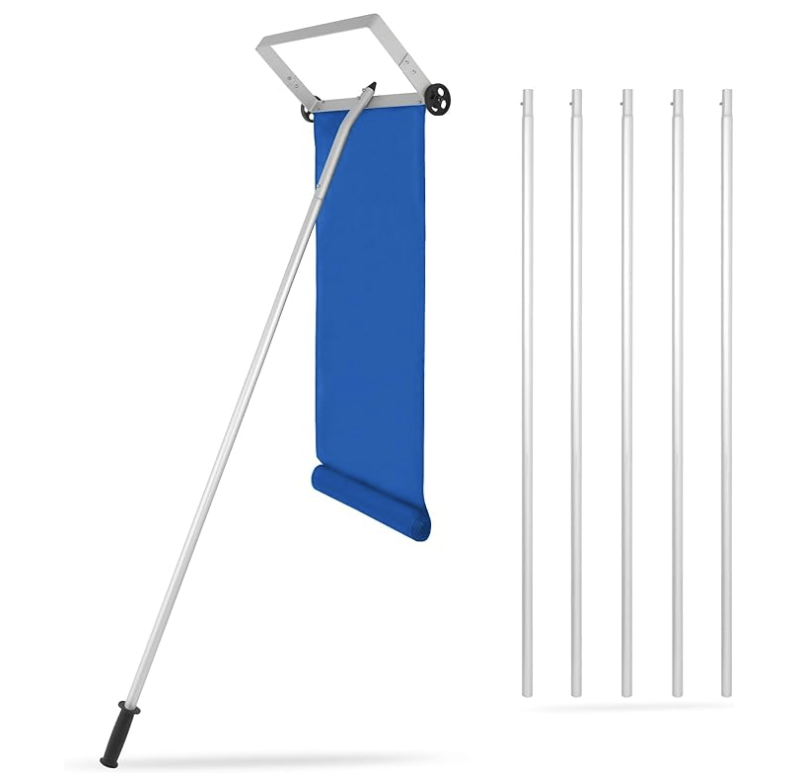
Price: $80
Pros:
- More efficient snow removal
- Lightweight
- Easy to assemble
Cons:
- Slide and roller wheels may be prone to damage
- May not be effective on snow deeper than 12 inches
#3: SNOWPEELER Premium Roof Rake
Lastly, we tested the SNOWPEELER Premium Roof Rake. Like the GoPlus roof rake, this one features a slide, but instead of roller wheels, it has glide pads that protect your roof as you use it. It also features a drift cutter that can cut through hard-packed snow.
Since we only had a few inches of snow to test this rake on and found it to be ineffective on that little amount of snow, we believe it’s meant for much a much heavier load of snow. If you’ve got just a few inches of snow on your roof that you want to clear, you’re much better off going with the first or second roof rake we tested.
However, if a major snowstorm hits or you’ve let the snow on your roof pile up after multiple storms, this rake might just save you some time and effort to clear all that snow. It’s advertised to remove snow 2-3 times faster than a standard roof rake. However, with its high price point, you may want to wait for this one to go on sale. They also have shorter lengths available for a lower price.
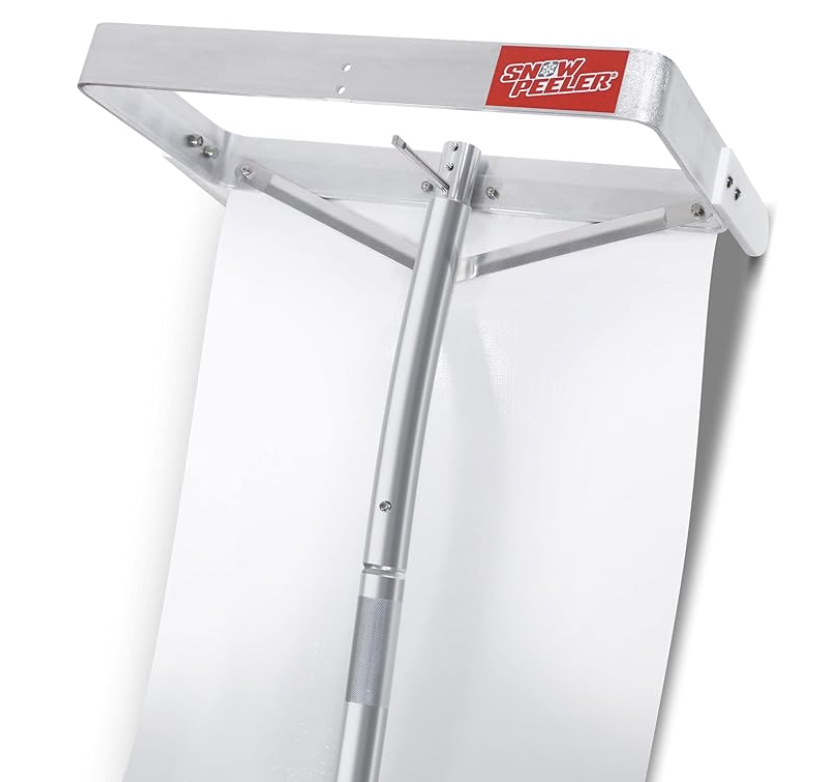
Price: $180
Pros:
- Works efficiently on heavy snow loads
- Adjustable 30ft. reach
- Tear-resistant slide
Cons:
- Ineffective on smaller amounts of snow
- High price point
Final Thoughts
As long as you don’t mind working a little harder to clear your roof, we think a standard roof rake is the way to go in terms of price and durability. But if you want to save some time and effort when clearing your roof, go ahead and spend the extra $15 for the Oxford Slide roof rake. Just be sure to use and store it carefully to avoid damaging the roller wheels or tearing the slide. You may still want to break out the standard roof rake for snow that is deeper than 12 inches.
With the little amount of snow we’ve had here in Minnesota this winter, the SNOWPEELER would be a pretty big waste of money. However, if you were to have bought it last winter when Minnesota had one of the snowiest winters on record, it might have been a worthwhile investment.



